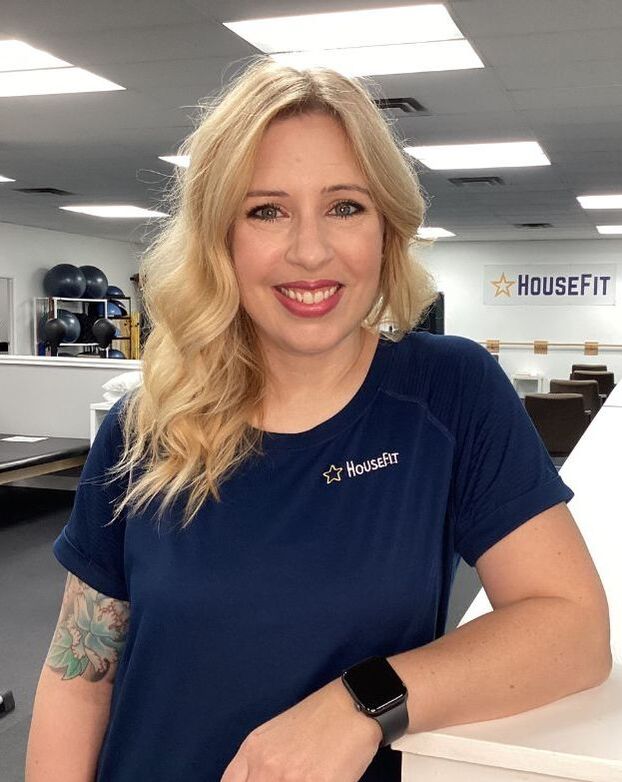|
By Dr.Beth The terms "mobility" and "functional mobility" are used frequently in the Physical Therapy world. I know I use them all the time, but what do they actually mean? Mobility is defined as "being able to move from one position to another". Some real life examples include: rolling over in bed, sitting up, getting in and out of bed, standing up and sitting down from a chair, walking across a room, going up and down stairs, and getting up and down from the floor. These are all skills we work very hard to learn and master as infants and children. As we age, some of them get used less often, while others take priority. Just like anything else in life, it's a use it or lose it phenomenon. Once you stop practicing an activity on a regular basis, it can become more challenging when you need to perform it again at a later date. With time, your joints can become stiff, your muscles can get weaker, you begin to lose your coordination and timing. What once came naturally, becomes difficult and you may even start to lose your confidence when faced with certain activities again. Mobility is also defined as the "ability to move freely and easily". Being mobile in your day to day life means you are able to complete all the tasks you need in order to take care of yourself, your home, and get out into the community to enjoy your hobbies and passions with minimal effort. Again, as we stop performing these activities regularly, they become more challenging. I recently experienced this with swimming. Previously, I swam laps 2-3 times a week. Then I took 11 years off after having my children and starting my business. This past June, I got back into the pool for the first time. The first few laps were uncomfortable. I felt uncoordinated with my arm and leg movements, and the timing of my breathing. I felt really rusty. Then after a few more sessions, I could feel my muscle memory returning and my confidence building. One activity we find that becomes challenging for aging adults, due to lack of practice, is rolling. It may seem like a silly skill to practice, but we all know the safety technique "stop, drop and roll" as what to do if you were to catch on fire. How many of you could confidently execute that move timely and without injury? I am aware that the likelihood that you will need to execute this series of moves is low, but what I want to point out is that many older adults can no longer perform these moves quickly, or easily due to lack of strength, flexibility, and confidence. This is where the real problem lies. We see this lack of ability to roll and move around in bed play out in real life all the time. Often times people will give up sleeping in their beds because they can no longer easily get in and out of bed, or have lost the ability to reposition themselves in bed due to lack of strength. This can also be a huge burden for caregivers when loved ones lose this ability. Rolling is a great way to work on improving your independence with moving on the floor and in bed. It also strengthens your core muscles and well as your inner ear. Some of you may experience mild dizziness when starting this activity, but the good news is you are already on the floor, so no worries about falling, and this will resolve with practice. -💗 Dr. Beth This month, Dr. Kim reviews some of the basics of adding rolling back into your routine. Go ahead and add this exercises to improve your confidence and reconnect with your younger self. Comments are closed.
|
AUTHORDr. Beth helps adults 55+ maximize their independence and fitness, so they can continue to enjoy a full and active life. Archives
July 2024
Categories
All
|




 RSS Feed
RSS Feed
